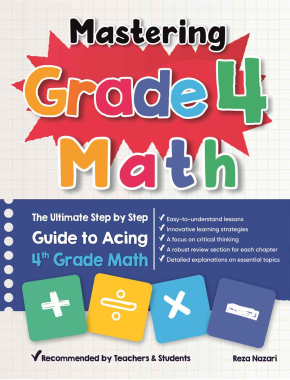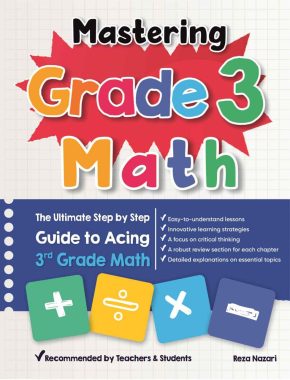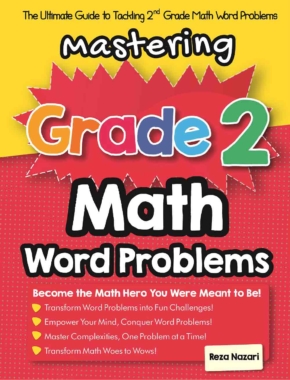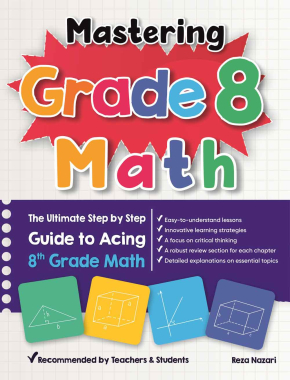How to Use Multiplication to Compare Customary Units
In the U.S., the customary system of measurement includes units such as inches, feet, yards, and miles for length; ounces, pounds, and tons for weight; and fluid ounces, cups, pints, quarts, and gallons for volume.

Here are some key conversions that typically require multiplication or division:
- Length:
- 1 foot = 12 inches
- 1 yard = 3 feet
- 1 mile = 5,280 feet
- Weight:
- 1 pound = 16 ounces
- 1 ton = 2,000 pounds
- Volume:
- 1 cup = 8 fluid ounces
- 1 pint = 2 cups
- 1 quart = 2 pints
- 1 gallon = 4 quarts
We use multiplication when we convert from a larger unit to a smaller unit. For example, if you have a length in feet and want to find out how many inches it is, you would multiply the number of feet by 12.
The Absolute Best Book for 4th Grade Students
A Step-by-step Guide to Using Multiplication to Compare Customary Units
Let’s go through a step-by-step guide for using multiplication to compare customary units of measurement.
Step 1: Understand the Problem
Read the problem carefully. Identify the units you’re starting with (your input units) and the units you want to end up with (your output units).
Step 2: Recall the Conversion Factor
Remember or look up the conversion factor between these units. A conversion factor is the number you use to convert from one unit to another. For example, the conversion factor from feet to inches is 12 because there are 12 inches in a foot.
A Perfect Book for Grade 4 Math Word Problems!
Step 3: Set Up Your Equation
Write an equation to show your conversion. This will typically look like this:
(Output units) = (Input value) \(\times\) (Conversion factor)
If you’re converting from a larger unit to a smaller unit (like feet to inches or pounds to ounces), you’ll multiply.
Step 4: Do the Math
Multiply your input value by the conversion factor to get your output value.
Step 5: Check Your Work
Make sure your answer makes sense. For example, if you’re converting from a larger unit to a smaller unit, your output value should be larger than your input value.
The Best Math Books for Elementary Students
Related to This Article
More math articles
- The Ultimate CLEP College Algebra Course (+FREE Worksheets & Tests)
- How to Use Properties of Logarithms? (+FREE Worksheet!)
- How to Solve Point-Slope Form of Equations?
- 7th Grade CMAS Math Worksheets: FREE & Printable
- The Ultimate 6th Grade MCAS Math Course (+FREE Worksheets)
- Integrals: Everything You Need To Know
- Top 10 TSI Math Prep Books (Our 2023 Favorite Picks)
- The 5 Best Programmable Calculators to Invest in
- Where to Go to Get Math Homework Help Quickly and Effectively?
- Full-Length 8th Grade MCAS Math Practice Test













What people say about "How to Use Multiplication to Compare Customary Units - Effortless Math: We Help Students Learn to LOVE Mathematics"?
No one replied yet.